The Atomic Human and Africa’s Digital Future
Bandwidth, Culture, and Leapfrogging
Neil D. Lawrence
University of Ibadan, Data Science Africa
Henry Ford’s Faster Horse

Artificial General Vehicle

The Atomic Human
Embodiment Factors
| bits/min | billions | 2,000 |
|
billion calculations/s |
~100 | a billion |
| embodiment | 20 minutes | 5 billion years |
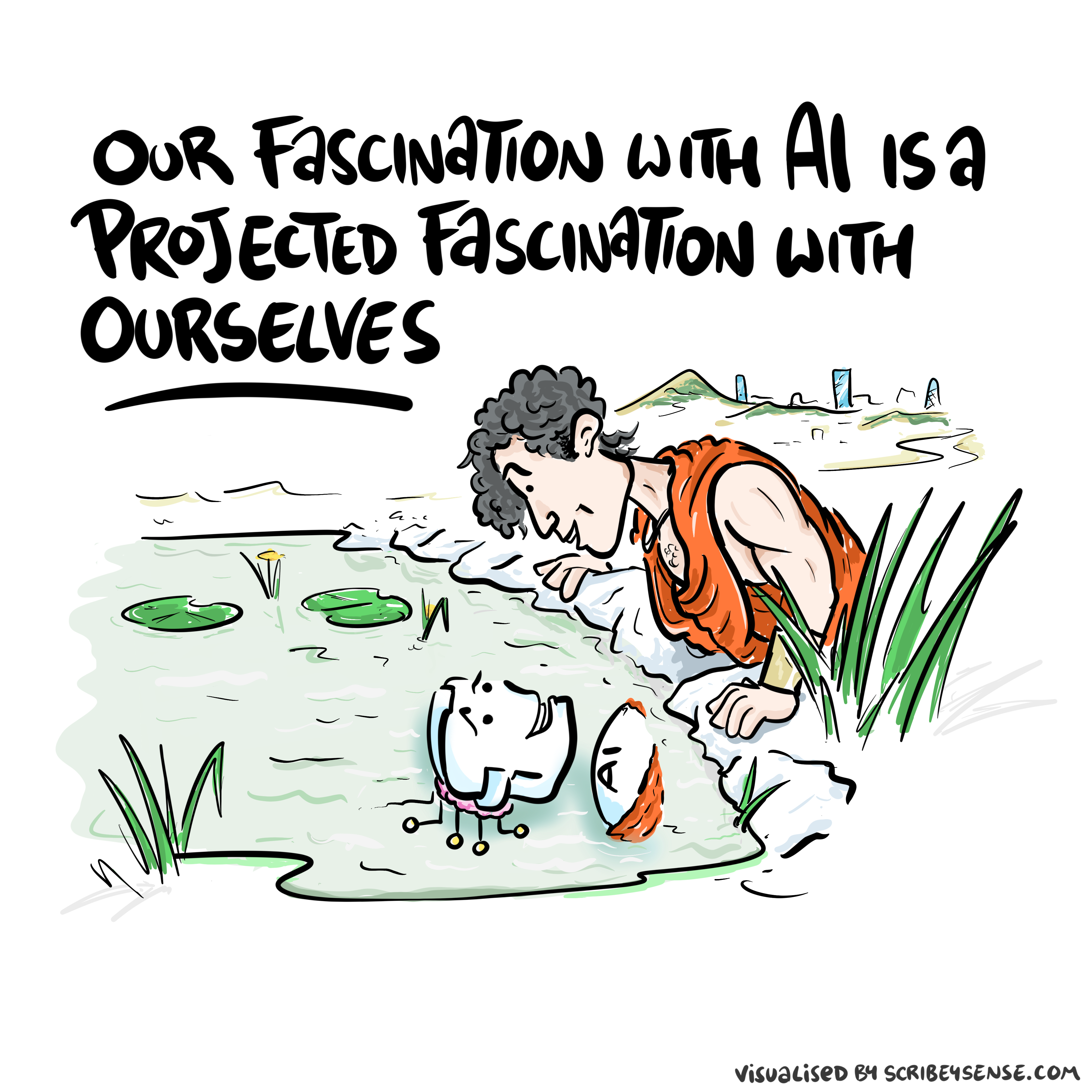
New Flow of Information
Evolved Relationship
Evolved Relationship
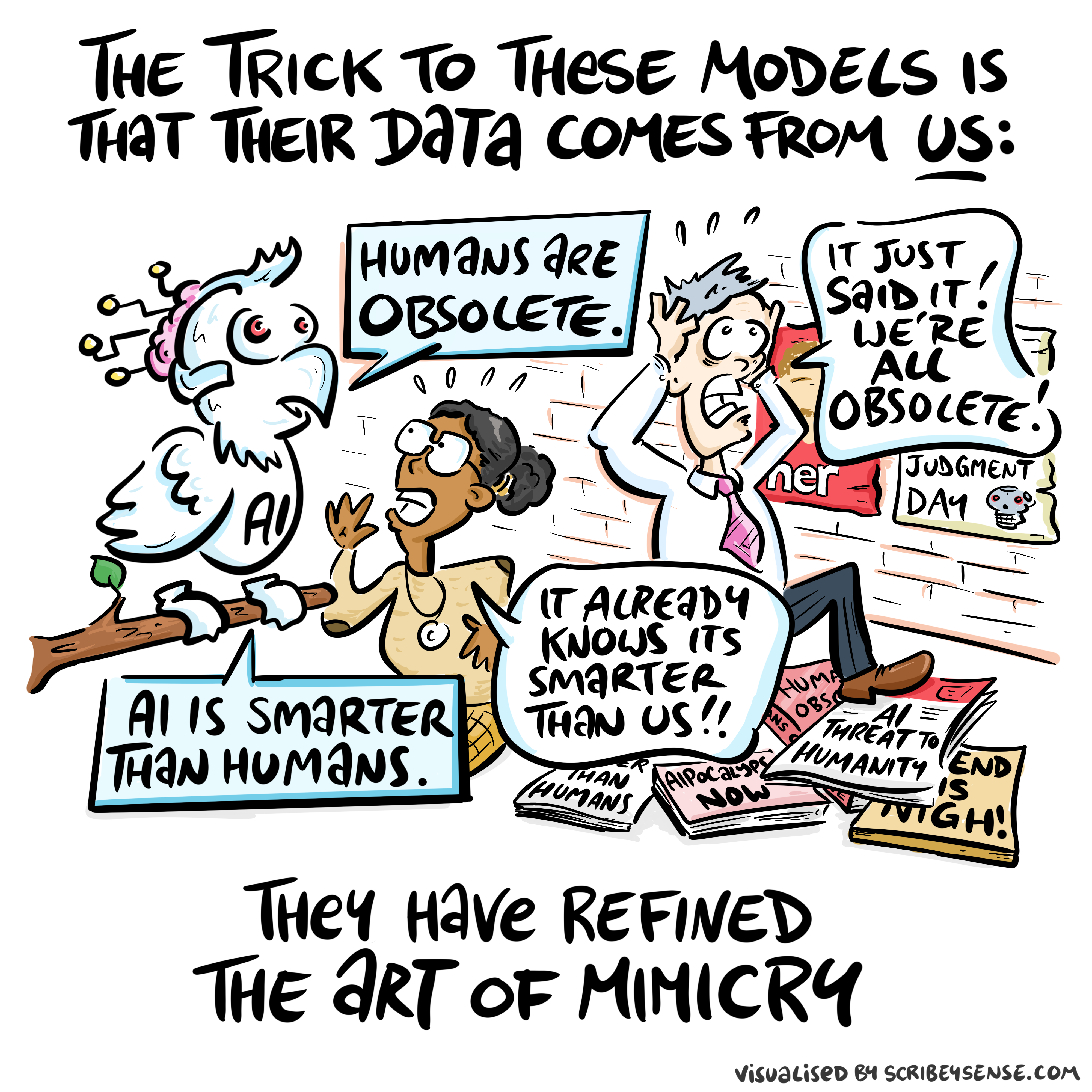

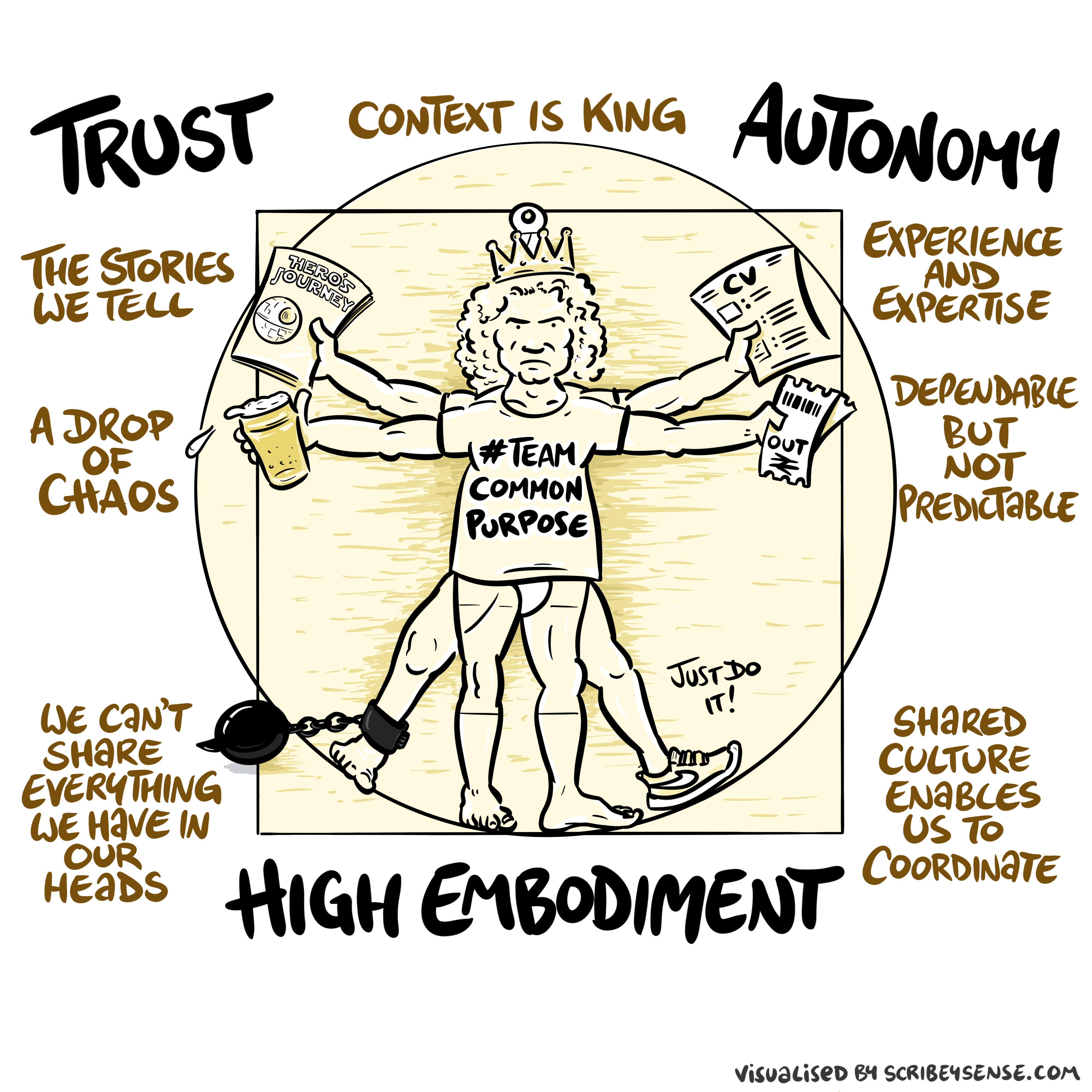
Blake’s Newton

Lunette Rehoboam Abijah

People, Communication and Culture

.
The MONIAC
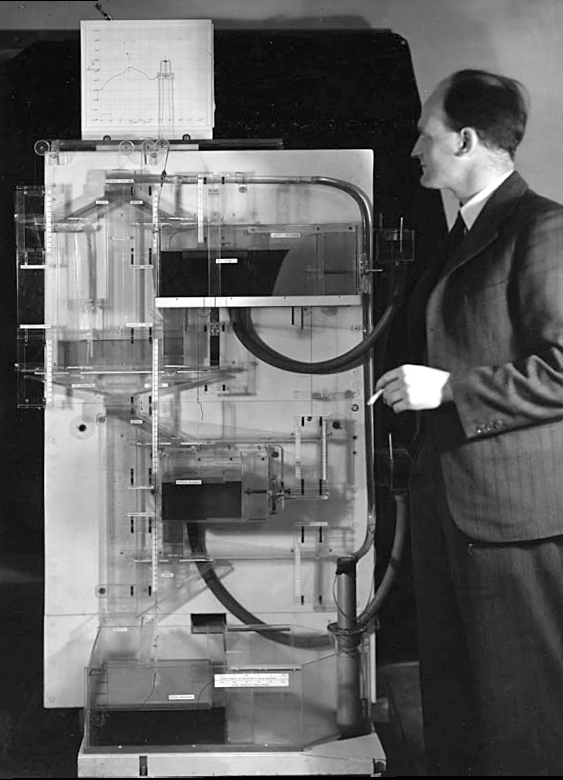
Human Analogue Machine
HAM
Bandwidth vs Complexity

|
|||
| bits/min | \(100 \times 10^{-9}\) | \(2,000\) | \(600 \times 10^9\) |
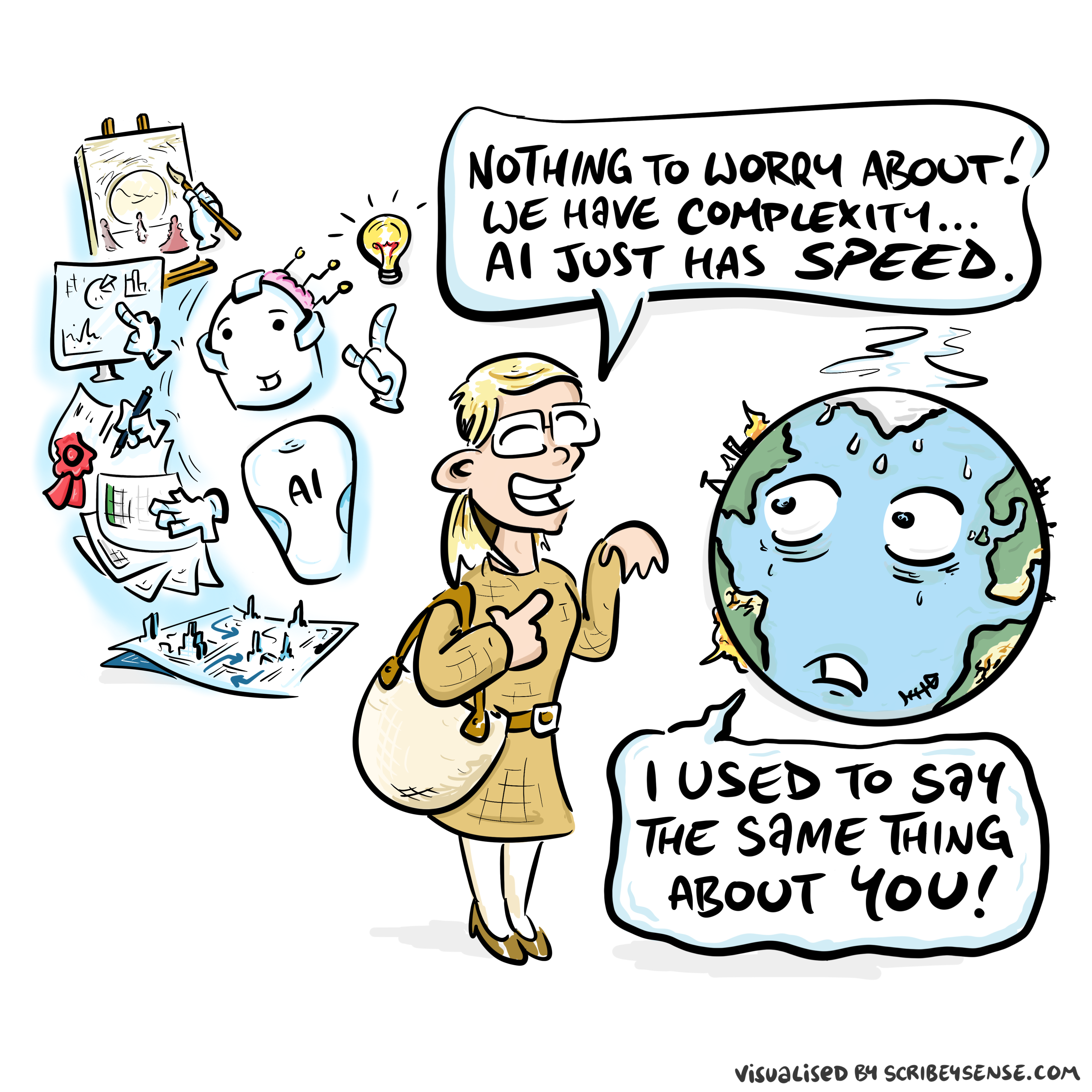
The Atomic Human and Africa’s Digital Future
- Bandwidth limitations between humans and machines
- Africa’s unique opportunity to leapfrog legacy approaches
- Building institutions that grow from within
Bandwidth and Cultural Intelligence
- Human bandwidth: 2000 bits per minute
- Culture: provides landscape in which we communicate
- Different nations, tribes, towns and villages have different culture
Challenge for Africa
- Challenge for Africa
- Western institutions imposed
- Evolved in different cultural context
The Human Analogue Machine
Africa’s HAM Advantage
- HAM: New interface between humans and digital systems
- Existing companies built for old information flows
- Opportunity to leapfrog legacy systems
“Path Dependence”: The Legacy Disadvantage
- Established companies: using old paradigms
- Legacy systems resist fundamental change
- Sunk costs in outdated approaches: e.g. Bezos API Mandate
Africa’s Leapfrog Moments
- Less legacy infrastructure to abandon
- Opportunity to align with culture
- Opportunity to set global standards
Imposed vs Organic Institutions
- Innovation high, quality often low in Africa
- Root cause: institutional mismatch
- Imposed structures vs natural strengths
The Cost of Institutional Mismatch
- Energy wasted on adaptation to foreign models
- Local strengths underutilised
- Sustainable impact limited
The Path Forward
- Start with cultural strengths
- Design institutions that amplify existing capabilities
- Export success models rather than importing failure patterns
The AI Race
- International media talks of an AI race
- Such a race can only be a race to the bottom.
- In reality theirs an opportunity to reset.
The Five Ps Framework
- Purpose: Shared idea around which everything revolves
- People: Convene around purpose
- Projects: Actionable outcomes with individual agreement
Principles and Process
- Principles: Capture what works, guide future directions
- Process: Necessary for sustainability in institutions
- Balance: Keep process and purpose aligned

DSA: The 5 Ps Model in Action
- People first: John Quinn, Ernest Mwebaze, organic networks
- Projects emerged: crop surveillance, malaria prediction
- Purpose crystallized: African-led data science capacity
The Origins of Data Science Africa
- 2005: Meeting John Quinn at NeurIPS
- 2010: Ernest Mwebaze presents crop surveillance work at Dagstuhl
- 2013: First collaboration - Gaussian Process school in Kampala
Fundamentals That Work
- Focus on what actually works in practice
- End-to-end thinking: farmer’s field to ministry
- Local context and partnerships matter
- Avoiding harmful international interventions
From People to Projects to Purpose
- Started with relationships and curiosity
- Projects emerged from local needs
- Purpose crystallized through collaboration
- Natural evolution, not imposed structure
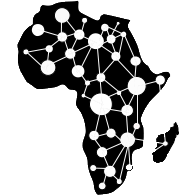
Data Science Africa is a bottom up initiative for capacity building in data science, machine learning and AI on the African continent
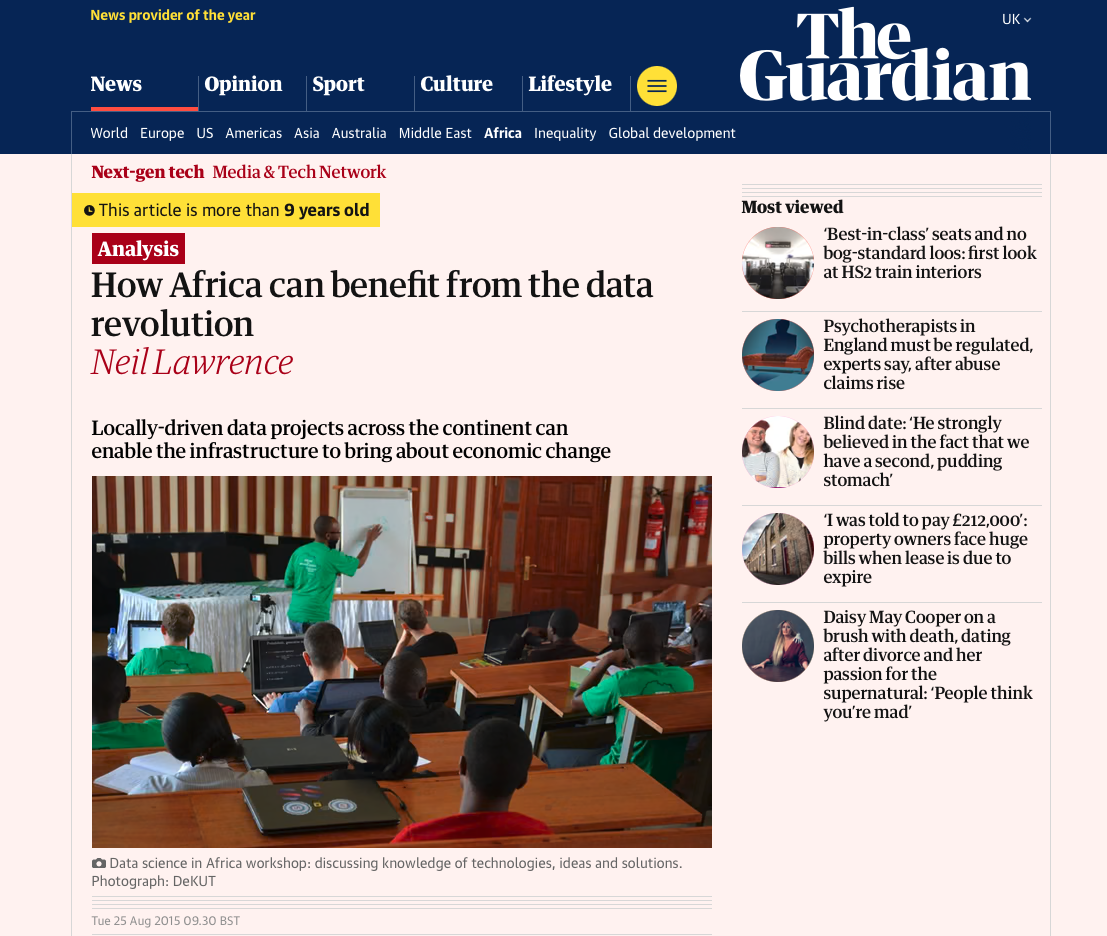
Principles from Practice
- “Fundamentals that work” over theoretical ideals
- Prioritise commitment over hierarchy.
- Avoiding harmful international interventions
Propagating the Model
- The 5 Ps framework emerged from DSA
- Cultural alignment with organic institution building
- Opportunity to scale across the continent
DSA: The Next Ten Years
- 2015-2025: Foundation decade
- 2025-2035: Global leadership decade
- From catching up to setting direction
Capability to Leadership
- Local solutions with global relevance
- African models for human-AI collaboration
- Build talent and Export frameworks
Institutional Generation
- New institutions for a new era
- THe Continent is perfectly positioned to lead
Conclusion: Africa’s Turn to Lead
- The HAM is a new paradigm in computing
- Africa can leapfrog to human-centered technology
- DSA is at the heart of the revolution
Thanks!
book: The Atomic Human
twitter: @lawrennd
The Atomic Human pages atomic human, the 13 , embodiment factor 13, 29, 35, 79, 87, 105, 197, 216-217, 249, 269, 353, 369, baby shoes 368, Blake, William Newton 121–123, Blake, William Newton 121–123, 258, 260, 283, 284, 301, 306, Cicero and culture 20-21, MONIAC 232-233, 266, 343, human-analogue machine (HAMs) 343-347, 359-359, 365-368, Human evolution rates 98-99, Psychological representation of Ecologies 323-327.
Sunday Times article “Our lives may be enhanced by AI, but Big Tech just sees dollar signs”
Times article “Don’t expect AI to just fix everything, professor warns”
Guardian article on How African can benefit from the data revolution
Guardian article on Data Science Africa
blog posts:
Dan Andrews image of our reflective obsession with AI
Two Types of Stochastic Parrots
Two Types of Stochastic Parrots
Dan Andrews image from Chapter 3